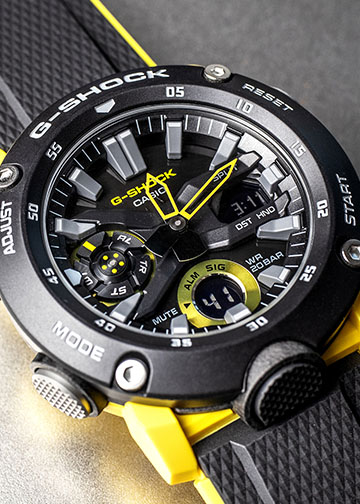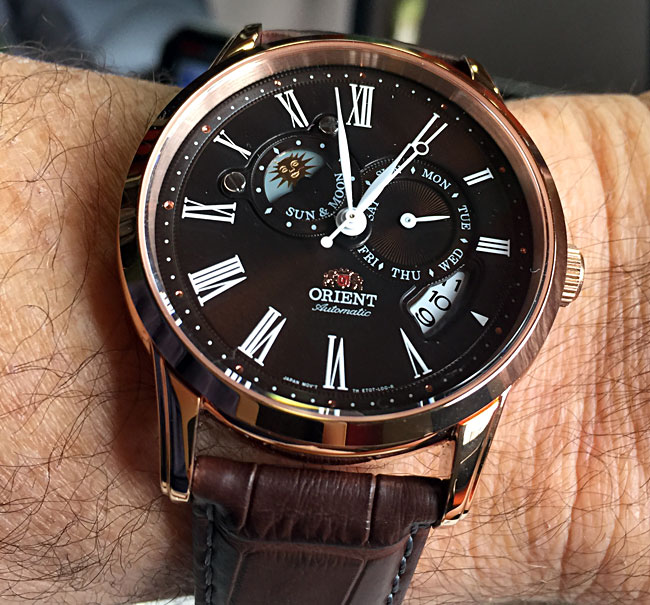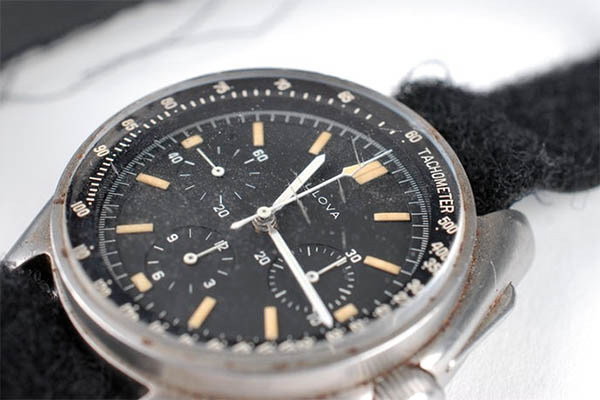Another favorite watch and one I highly recommend: The Citizen Nighthawk GMT watch. I bought mine maybe 25 years ago when this model was first offered as an exclusive through Macy’s. Today you can find them for sale through many different outlets (sometimes below $300). One of the best spots is Amazon.

At 43mm it’s a big watch, but unlike a lot of big watches, it wears well on my wrist and doesn’t seem to want to roll around. The Nighthawk has a lot of features, some of which I use on a regular basis and others that I use infrequently. I like them whether I use them or not. Watches are grown-up boy’s toys, and this one answers the mail for me. There’s the standard date display at 3:00, there’s the slide rule (explained in an earlier blog on my first-gen Citizen Blue Angels watch), there’s the GMT feature (more on that in a second), there’s the Eco-Drive engine, and there’s a lume to this thing that just doesn’t quit.
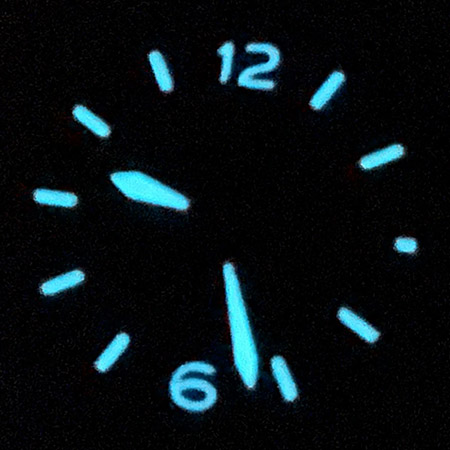
That photo above? I shot it with my iPhone in the dark a night or two ago, and other than cropping, it’s not been tweaked in PhotoShop. The lume really is that bright and legible at night. You can’t read by it, but you almost can. It’s the brightest lume I’ve ever seen on a watch. It’s so bright I sometimes wonder what it might be doing to me. Wearing this watch might be the equivalent of living in Chernobyl for a month.
The GMT feature (GMT stands for Greenwich Mean Time) is one that allows you to simultanously see the time in two time zones. This is one I use when I’m traveling (especially overseas). Unlike other GMT watches, the Citizen’s approach is to offer another hand and a dial printed on the watch face. It’s that half-circle deal you see with red and white lettering on the inner left half of the dial. The way this works is when you are in, say, China, you unscrew the watch stem, click it halfway out, and advance the hour hand so it shows the time in China (it’s usually a 13-hour difference). To see the time back home, you use the that inner half-moon dial and the home watch hand. The home watch hand is the small hand (with a red aircraft on one end and a white aircraft on the other end), and it continues to show the time back in California. You read the p.m. time on the red scale with the red airplane, and the a.m. time on the white scale scale with the white airplane. It’s all very clever.
Citizen has had this watch available in one form or another for a couple of decades now. Mine is the original version, and it’s the one I probably wear most often. The Eco-Drive feature works, and it works well with just about any kind of light. When I’m not wearing this watch, it sits on a shelf in my office, and the artificial light in there is enough to keep it percolating. I set the watch to the time.gov NIST site, and months later, it is still accurate to the second with the official US government time.
The most recent versions of this watch are a black-faced version with an OD green leather band, or an all black version with a black leather band. I saw the OD green version in a Macy’s up north this past week, and it’s a good looking piece.

Here’s the blacked out version.

Citizen’s had a lot of mileage with their Blue Angels themed watches, and that treatment has been applied to their GMT in stainless steel and leather band versions.
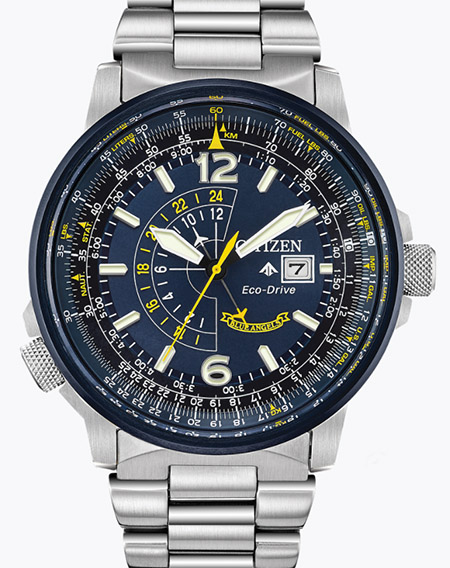
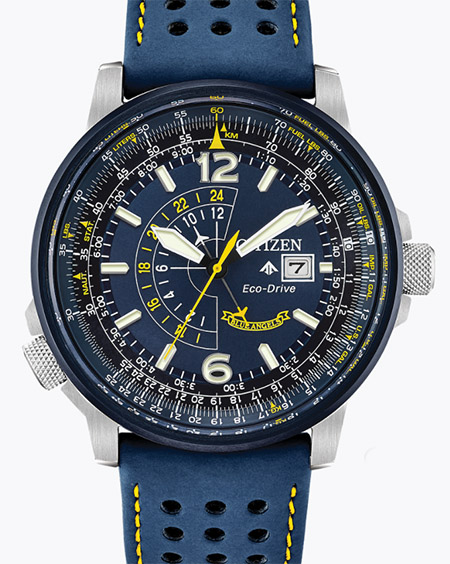
The two Blue Angels versions immediately above are not in current production, but they are still available. I like this watch so much I’m tempted to buy the Blue Angels version, too, but that would be excessive even for a watch guy like me.
In general, I prefer a steel band watch to a leather band. I like the look of the leather band better, but leather bands wear out or get dirty within a year or two. Then you can’t always find an exact replacement for the original leather band. I tend to wear a watch 24-7 (including in the shower), so a leather band is not the way I typically go with a watch.
Oh, one other advantage to these watches: I sometimes forget to take my Citizen Nighthawk off going through airport security, and for whatever reason, it doesn’t trigger the metal detector.
More ExNotes product reviews are here. Watches, motorcycles, guns, reloading stuff, movies, books, camping gear, bicycles, and more.
Never miss an ExNotes blog: Sign up here for free!

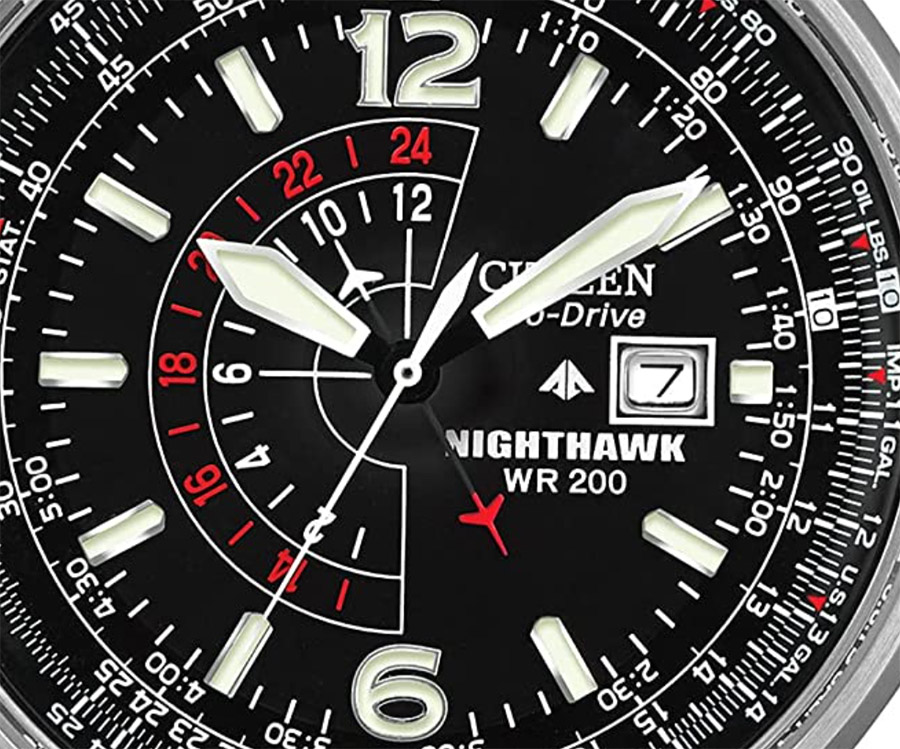
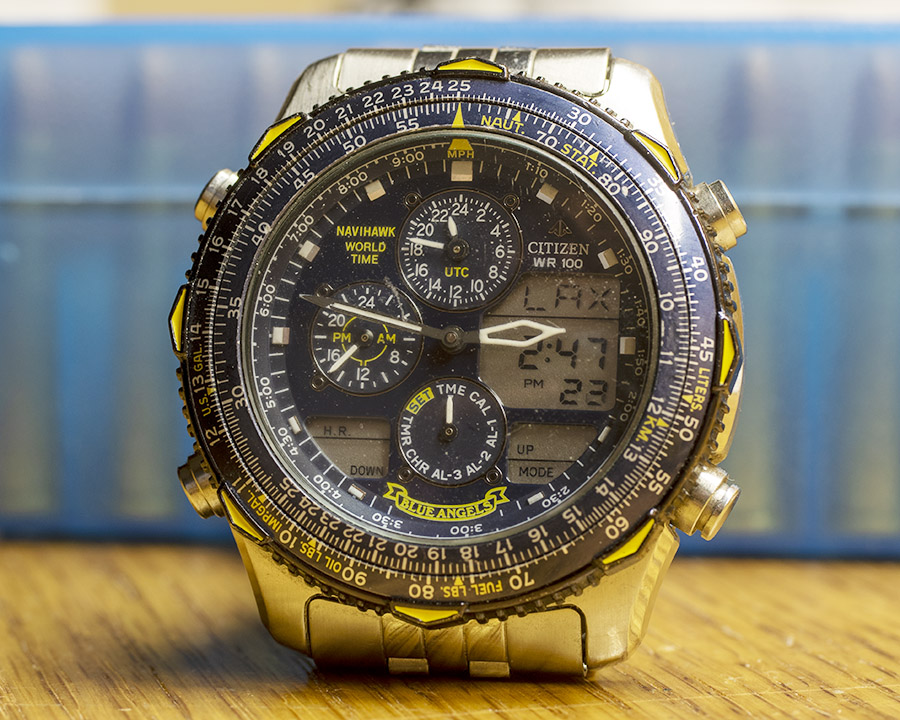

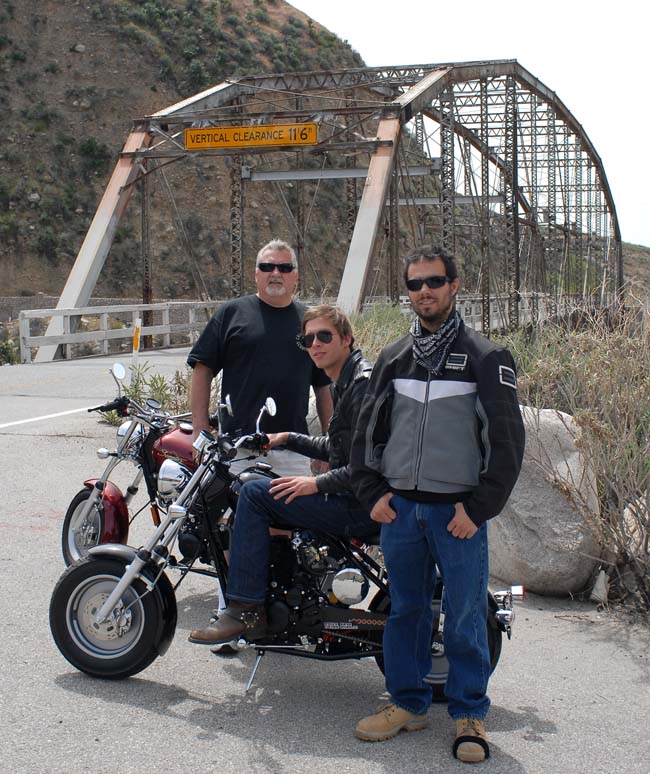

 slide rules can be amazingly accurate. The outer bezel is the numerator, and the inner bezel is the denominator. We went 116 miles and used 1.18 gallons of fuel, so the calculation for mpg is 116 miles/1.18 gallons, or 98.3 mpg (as represented by the two arrows on the right). You read the answer on the outer bezel over the 10 on the inner bezel (as represented by the two arrows on the left). It’s 98.3. Easy, isn’t it?
slide rules can be amazingly accurate. The outer bezel is the numerator, and the inner bezel is the denominator. We went 116 miles and used 1.18 gallons of fuel, so the calculation for mpg is 116 miles/1.18 gallons, or 98.3 mpg (as represented by the two arrows on the right). You read the answer on the outer bezel over the 10 on the inner bezel (as represented by the two arrows on the left). It’s 98.3. Easy, isn’t it?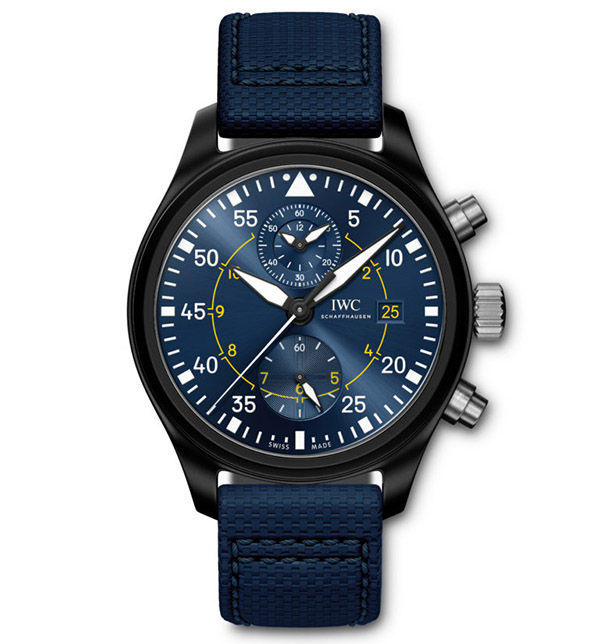
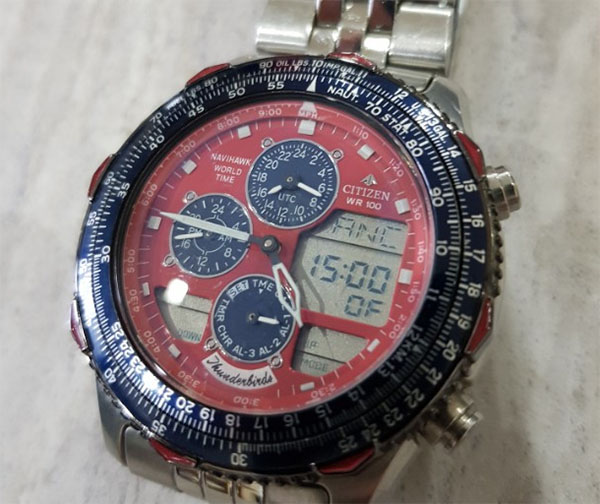
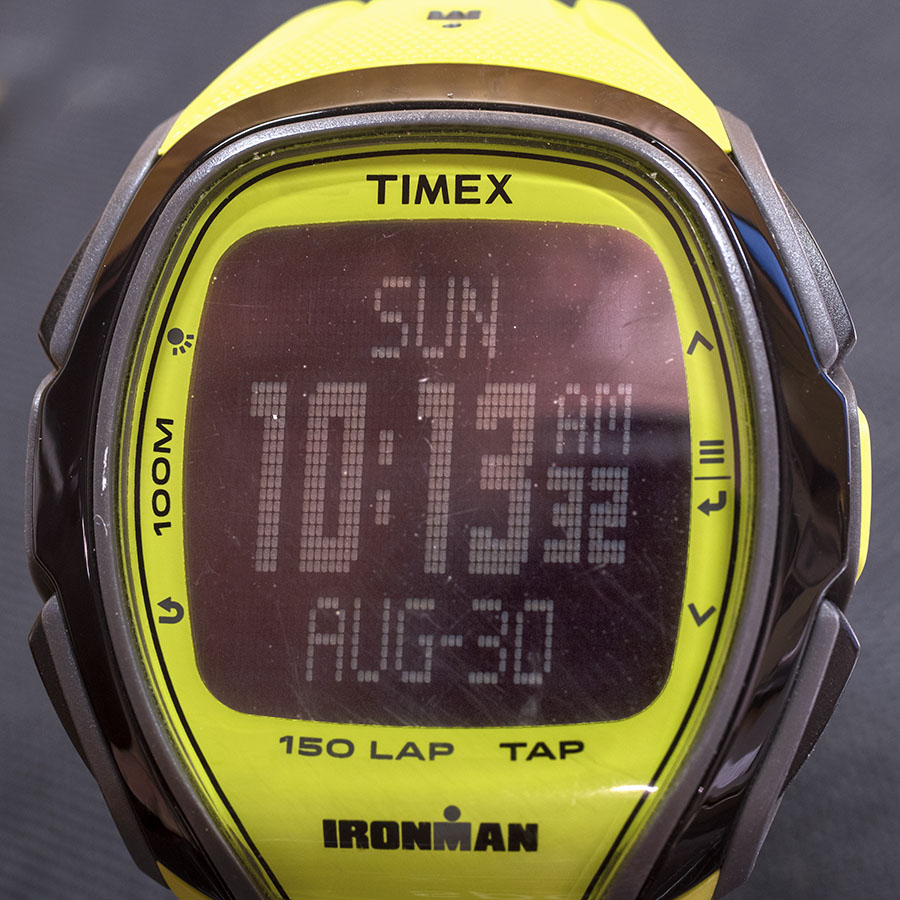
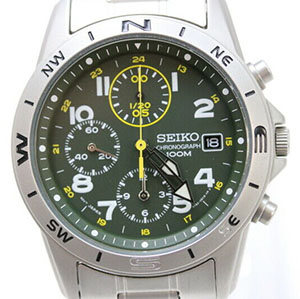 The first one I’ll mention is the green-faced, military-styled Seiko I wore on the Western America Adventure Ride. It’s a quartz watch and it’s not a model that was imported by Seiko’s US distributor (which doesn’t mean much these days; I ordered it new from a Hong Kong-based Ebay store and it was here in two days). But I like the fact that I’ve never seen anybody else wearing this model.
The first one I’ll mention is the green-faced, military-styled Seiko I wore on the Western America Adventure Ride. It’s a quartz watch and it’s not a model that was imported by Seiko’s US distributor (which doesn’t mean much these days; I ordered it new from a Hong Kong-based Ebay store and it was here in two days). But I like the fact that I’ve never seen anybody else wearing this model.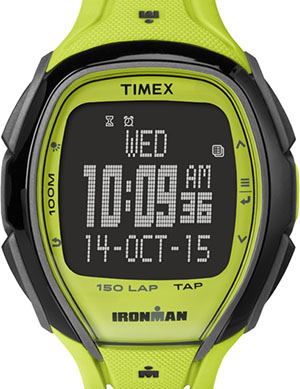 Next up is the safety-fluorescent-green Timex
Next up is the safety-fluorescent-green Timex 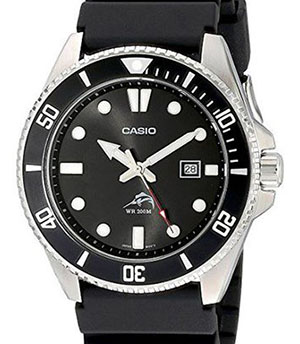 The last one is a
The last one is a 
